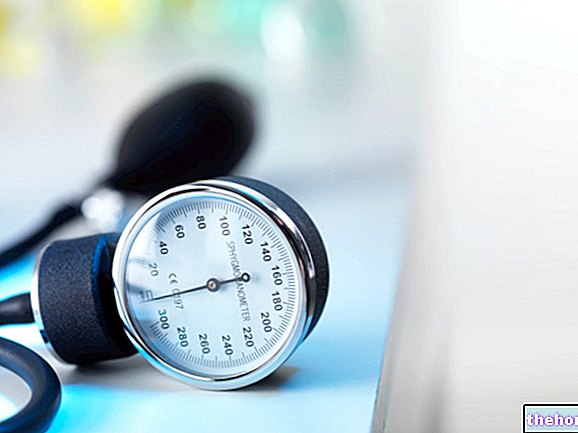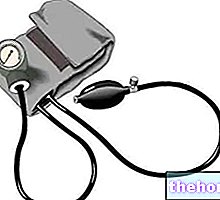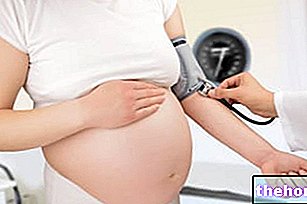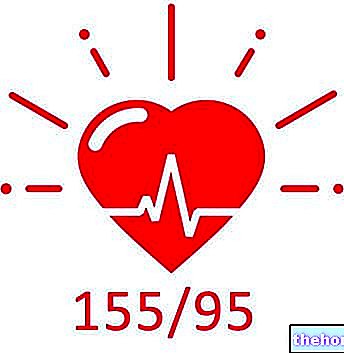There are many blood pressure measuring devices and among these the most traditional and reliable is the sphygmomanometer, invented in 1896 by the Italian Scipione Riva-Rocci.

Measuring blood pressure: useful tips
Self-control is very important but some fundamental rules must be respected when measuring blood pressure.
First of all, it must always be borne in mind that only the doctor has the right to establish which and how many drugs it is necessary to take to keep hypertension at bay. The only thing the patient can do is to write down the values in a diary and then bring them back to the doctor during the follow-up visit.
While measuring blood pressure at regular intervals is very important, on the other hand, blood pressure control should not become an obsession. In fact, we often tend to attribute to "hypertension" the origin of all those small ailments (headaches, fatigue, etc.) felt during the day and which often have little to do with the rise in blood pressure.
Now let's see specifically some rules that must be respected during self-control:
measure your blood pressure at least once a week, preferably in the morning or evening and always at the same time of the day. The guidelines recommend having two checkups per week.
The measurement conditions must be standard, so you must not have drunk coffee, you must not have smoked, you must be sitting, resting, without having done any heavy physical activity in the two or three hours prior to the measurement.
Specifically, the lying or sitting position should be maintained for at least 5-10 minutes before carrying out the detection. During this time the subject should relax, so the environmental conditions should be comfortable (sounds, temperature, humidity, etc.). The arm should be kept free of clothes, possibly without rolling up shirts or sweaters which could partially occlude the vessels and thus increase the pressure. Before proceeding with the measurement, it is also advisable to have emptied the bladder within the previous thirty minutes.
A difference between the blood pressure values measured in the two arms is basically physiological as long as the difference is respectively less than 10 mmHg for the maximum and 20 mmHg for the minimum. If there is a significant difference between the two limbs, subsequent measurements should be made on the arm with higher pressure.
During the checks it would be necessary to take several measurements of the heart pressure by measuring it two or three times at a distance of one minute and calculating the average (sum of the values measured divided by the number of measurements carried out). In the first measurement, the pressure could in fact rise due to anxiety.
Even if the habit is not very common, especially for predisposed subjects, it would be very useful to keep a booklet in which to write down the pressure values measured every six months from an early age. In this way the doctor can reconstruct the patient's clinical history and prescribe the most effective therapy.
More articles on "How do you measure blood pressure?"
- Blood pressure, what it is and how it is measured
- Hypertension
- Age and Hypertension
- Hypertension: Causes and Risk Factors
- Hypertension Symptoms - Why Is High Blood Pressure Dangerous?
- Hypertension Treatment - Healing High Blood Pressure
- Medicines for Hypertension
- Hypertension and physical activity
- Hypertension and physical activity: contraindications?




























